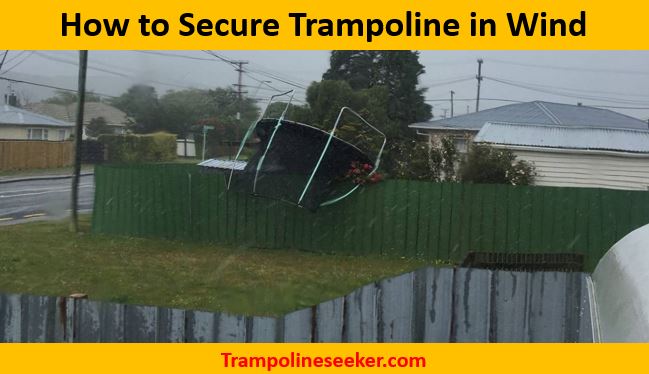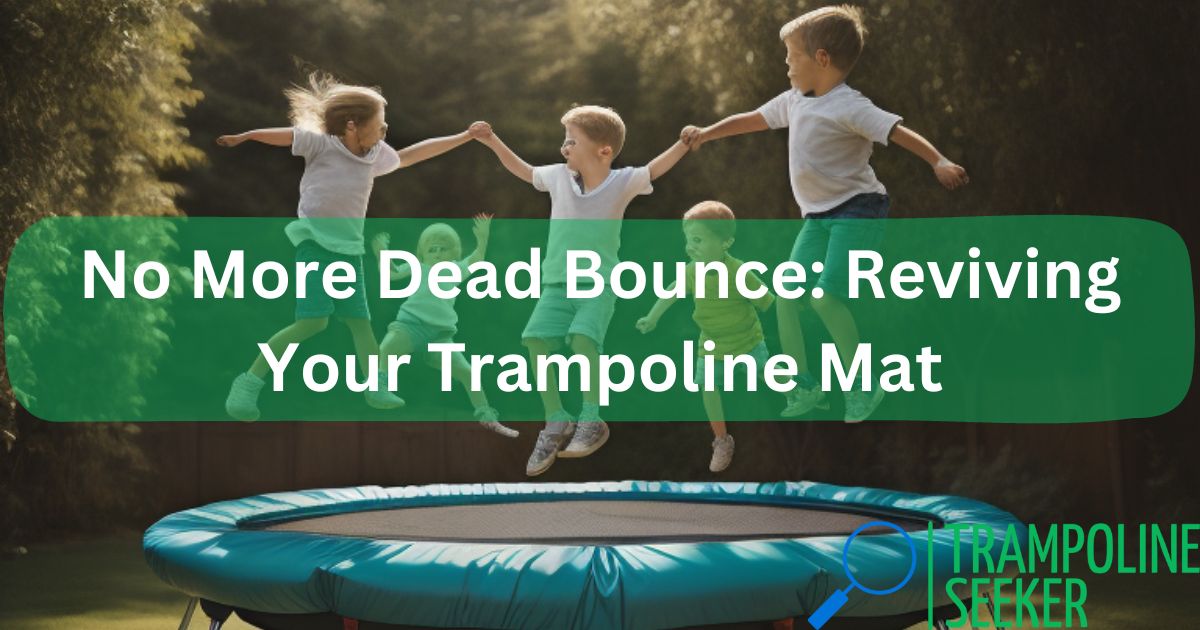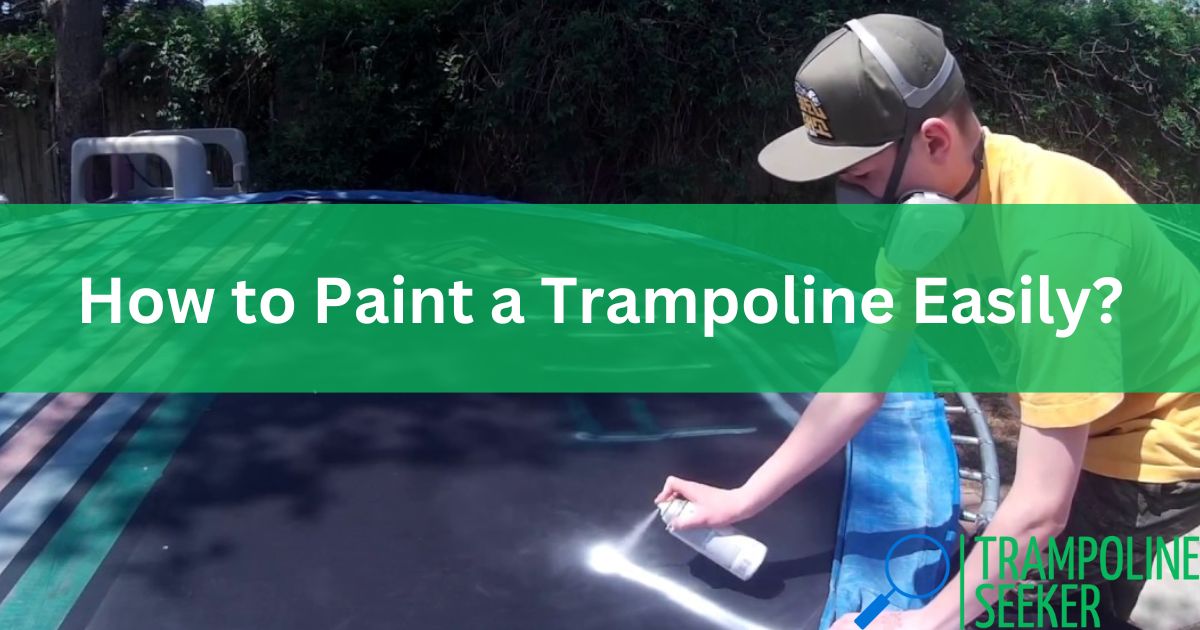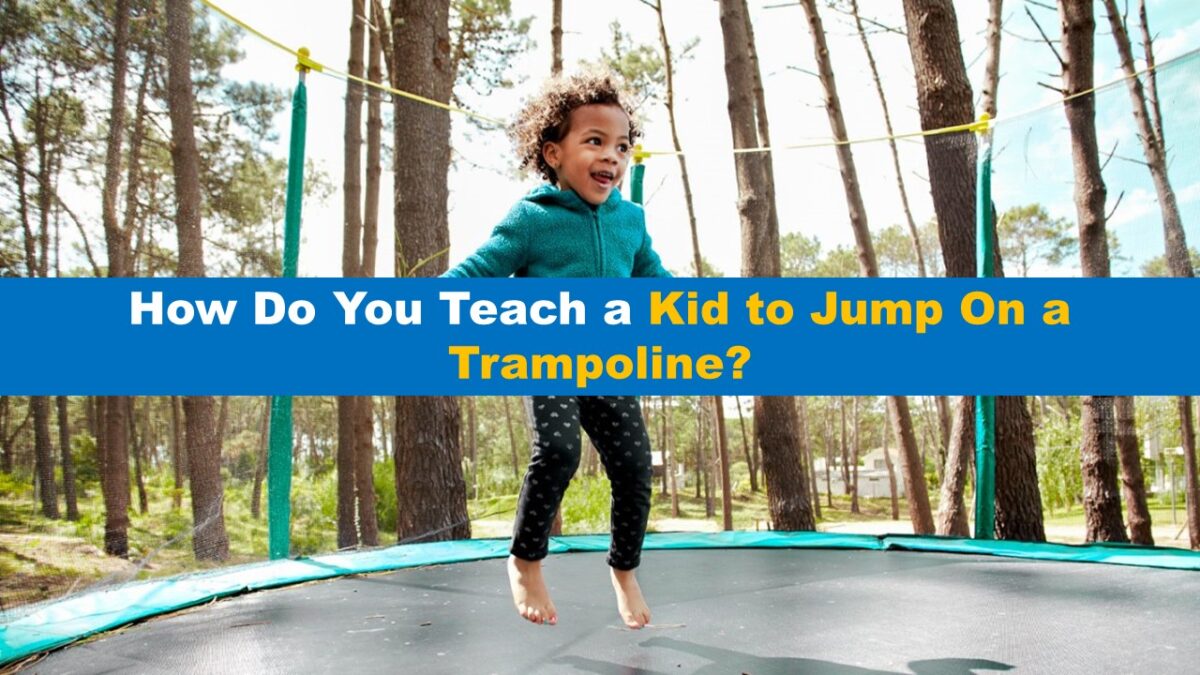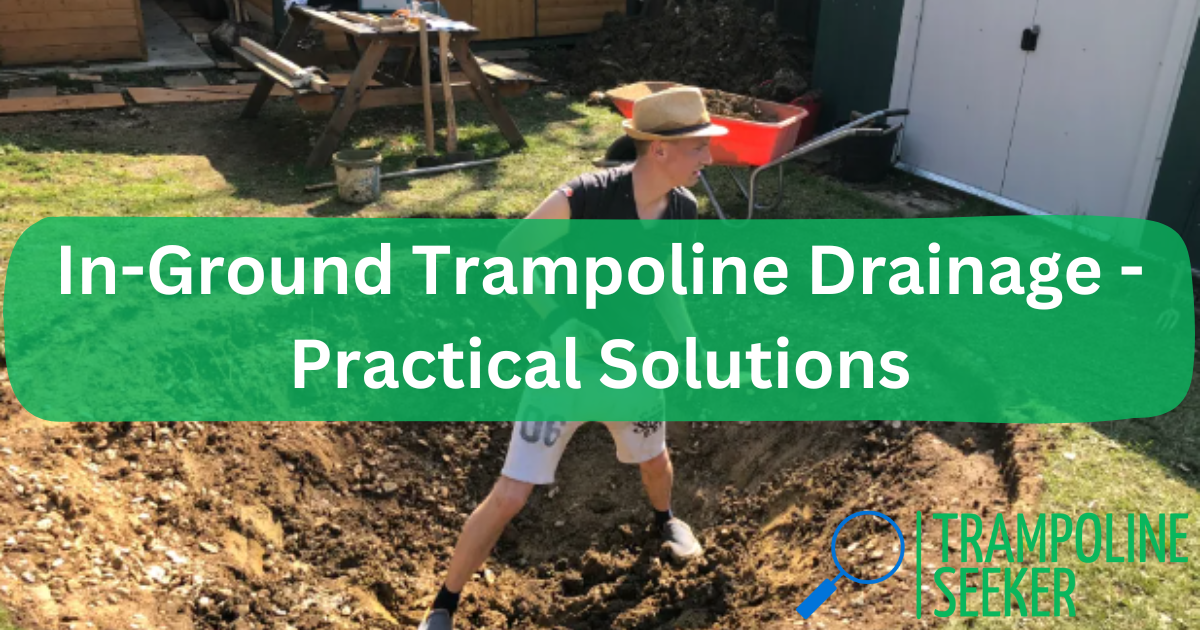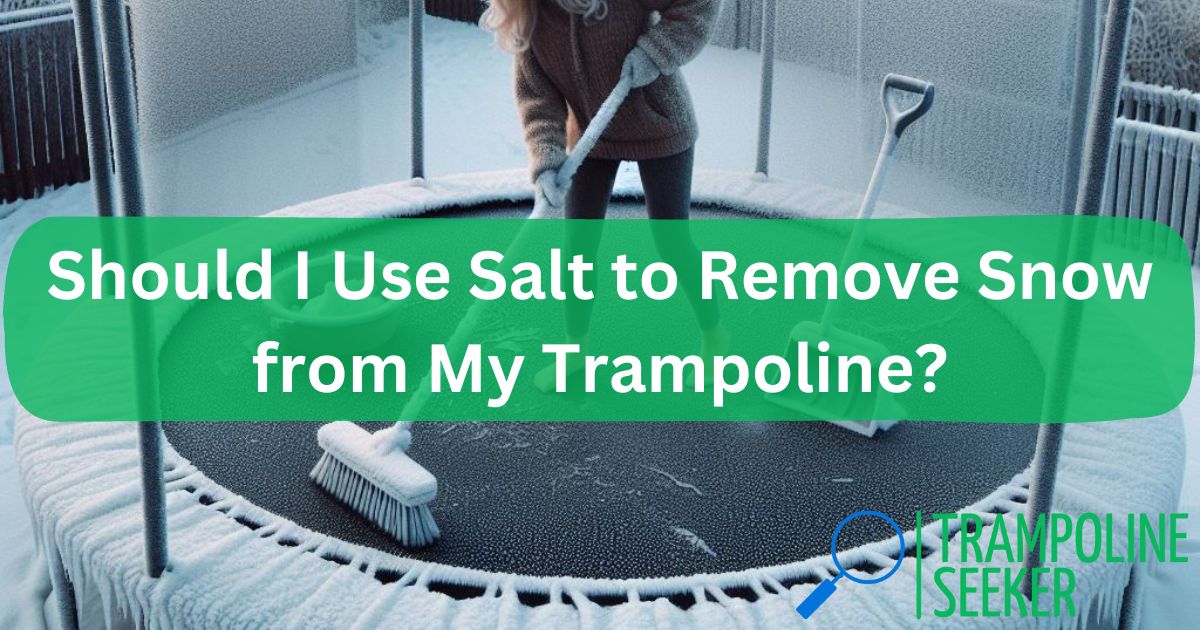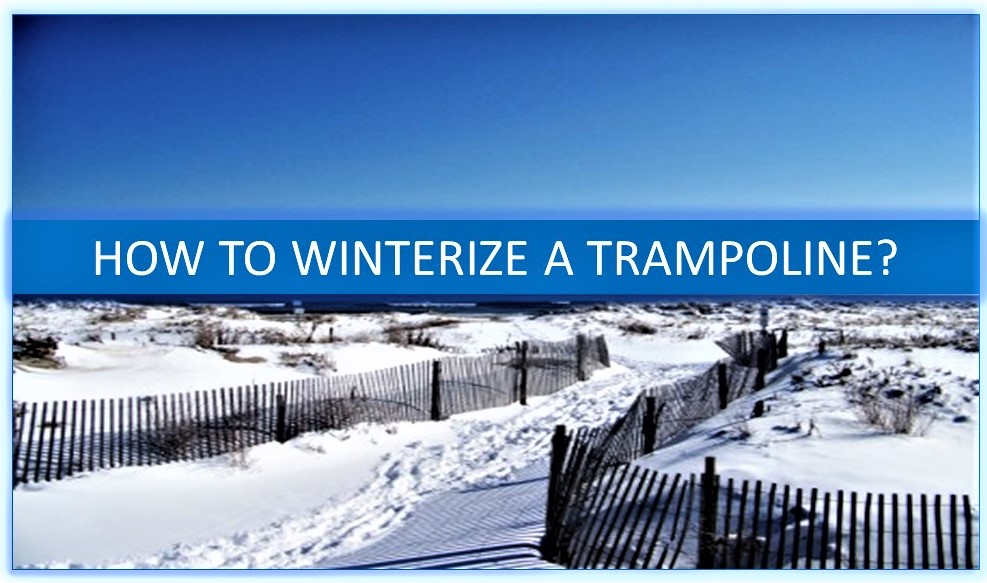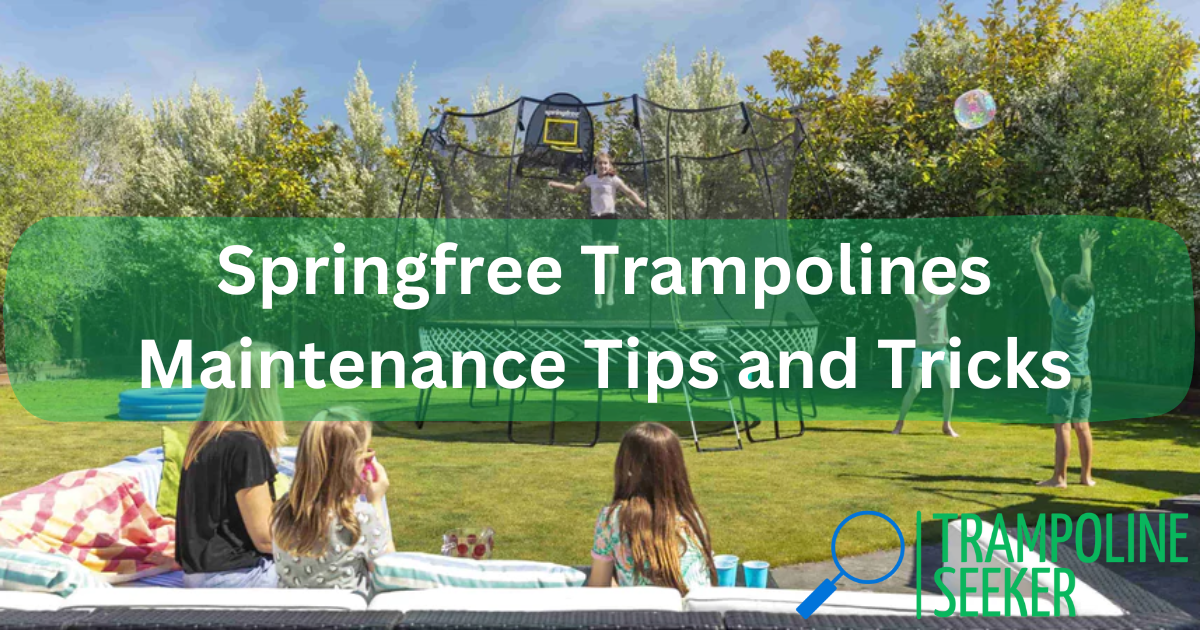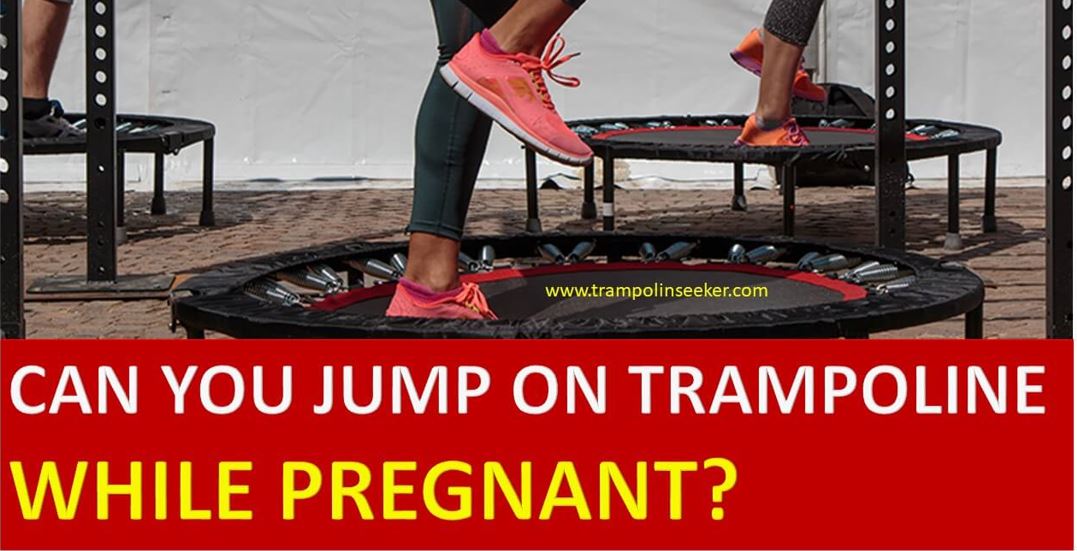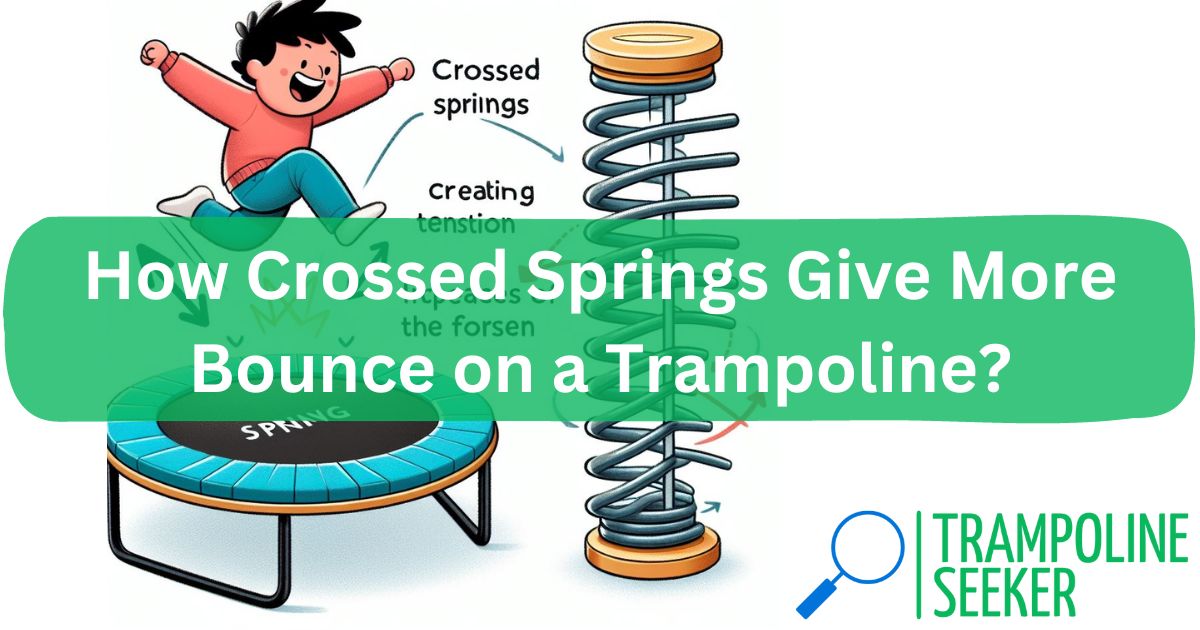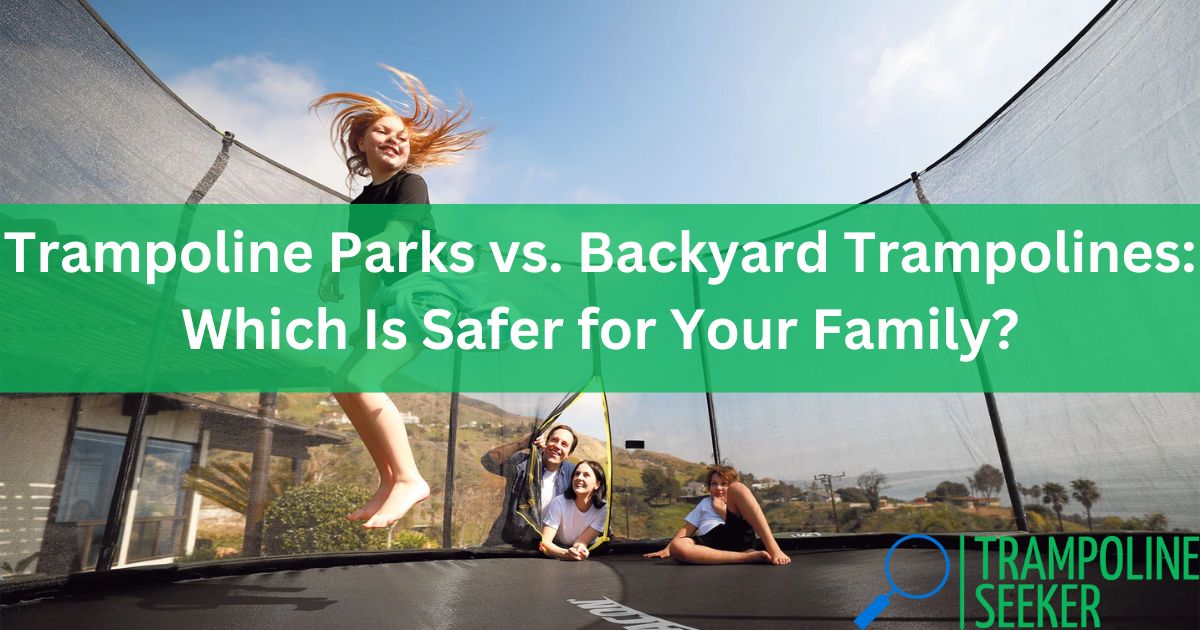The short answer is yes, you can absolutely put a trampoline on the deck. But there are some very important considerations for doing it safely and picking the right decking materials.
Putting a trampoline on an elevated deck opens up a world of bouncing fun for the whole family. But you need the proper deck construction, reinforcements, and safety precautions.
ce knowing the deck can handle the trampoline excitement. Let’s jump right in!
Selecting the Right Decking Material
The decking boards you choose are crucial for being able to safely hold a heavy trampoline frame along with all the bouncing force. Pressure treated lumber is the best material for a trampoline deck.
Here is a detailed comparison of the most common decking materials to help you decide:
🛠 Pressure Treated Lumber
Pressure treated wood is specially processed with preservatives to resist rot and insects. This makes it the ideal material for structural outdoor projects like trampoline decks.
Look for these specifications:
- Wood Type: Southern Yellow Pine or Western Red Cedar
- Board Dimensions: Minimum 2×6 inches, up to 5/4×6 inches
- Treatment: Copper azole preservative penetration and retention
Decking with these qualities can withstand all the impact force from jumping. It allows for securely mounting trampoline legs too.
Pros:
- Very durable and long-lasting (20+ years)
- Naturally resists decay and insect damage
- Easy to work with using standard tools
- Provides a solid anchoring foundation
Cons:
- Requires periodic sealing/staining for maximum protection
- Can be more expensive than composite materials
- May eventually warp or crack if improperly cared for
🧱 Concrete Pavers
Interlocking concrete pavers make a very durable surface. They distribute weight evenly, making them harder to shift or sink.
Popular paver shapes are:
- Square (12×12 in)
- Rectangle (6×9 in)
- Hexagon (10×10 in)
Pros:
- Extremely sturdy surface for a trampoline
- Won’t bend, crack or sink under weight
- Low maintenance once installed
- Provides good drainage between seams
Cons:
- Heavy materials require equipment or many helpers
- Difficult to securely attach trampoline legs
- Can crack under impact if sub-base is insufficient
- Not easily removable or adjustable
Composite Decking
Composite deck boards offer a nice appearance but can’t quite match wood’s strength. Materials like:
- Trex
- TimberTech
- Fiberon
Pros:
- Long-lasting, low maintenance decking
- Resists moisture, splitting and decay
- Easier on feet than concrete when barefoot
- Minimal surface temperature changes year-round
Cons:
- Not as durable as traditional lumber
- Prone to hidden expansion/contraction
- Difficult to properly anchor trampoline
- Hot sun can damage color over time
🚫 Avoid: Plastic, PVC and Metal
It may be tempting to use plastic or metal decking materials like:
- PVC
- Aluminum
- Steel panels
However, these options seem study but can bend, buckle or even break under the repeated impact of trampoline jumping. Don’t risk injury or damage by using these decking types.
The verdict? For safety, longevity, and performance – traditional pressure treated lumber is the hands-down best decking material for securely mounting a trampoline.
Now that you know which decking to choose, let’s calculate how big your trampoline deck needs to be.
Calculating the Right Deck Size
Bouncing needs room! Make sure your deck is the proper size to give safe clearance around the edges of the trampoline.
As a general rule of thumb, build your deck to be 3 to 4 ft wider than the frame diameter on all sides.
For example, a common 10 ft trampoline has an outer frame measurement of about 11.5 ft across. That trampoline would need at least a 16×16 ft deck area to safely contain it.
Here is a handy sizing chart based on popular trampoline diameters:
| Trampoline Size | Minimum Deck Size |
| 8 ft | 12×12 ft |
| 10 ft | 16×16 ft |
| 12 ft | 20×20 ft |
| 14 ft | 24×24 ft |
| 16 ft | 28×28 ft |
When planning your trampoline deck, carefully measure your exact frame size rather than just the mat diameter.
And when in doubt, go bigger! Extra deck space is safer and gives you flexibility to upgrade trampolines down the road.
If your deck will be elevated more than 2-3 feet off the ground, having protective railings is critical.
Safety Railings Are a Must for Elevated Decks
Fun first – safety always! If your deck surface sits higher than 2-3 feet off the ground, protective railings around the perimeter are crucial. 🪢
This prevents anyone from falling off the deck edges while jumping. Ouch!
Specifically for trampoline safety, look for railings that are:
- At least 42 inches high above the deck surface
- Have vertical balusters spaced no more than 4 inches apart (closer is better)
- Made of sturdy, inflexible materials like wood or metal
- Free of any footholds or gaps that could trap small feet
It’s also smart to pad any railings that are directly adjacent to the trampoline. This adds an extra cushion just in case of accidental contact.
Don’t Exceed the Deck’s Weight Limits
Any deck has a maximum weight it can safely hold before risking collapse. Familiarize yourself with this limit before loading up the trampoline.
As a general guideline, a residential deck should be designed to hold 50-100 lbs per square foot.
For example, an 8×8 ft section of deck would hold:
- 50 lbs/sq ft x 64 sq ft = 3,200 lb capacity
- 100 lbs/sq ft x 64 sqft = 6,400 lb capacity
A common 300 lb trampoline with 2 average adults (150 lbs each) equals 600 lbs total.
So our 8×8 ft deck example could safely hold that trampoline and jumpers in either case.
But a heavier trampoline or more people bouncing needs a stronger deck. Also watch for creaking, bending, or cracking which indicate overload. When in doubt, consult a structural engineer before hopping!
Trampoline on Deck Success Recap
🚀 If you’re ready to start deck trampolining, here are my top safety tips:
- Choose sturdy pressure treated lumber decking
- Deck should be 3-4 ft wider than the trampoline
- Include protective railings around elevated edges
- Anchor the frame securely at multiple leg points
- Verify the deck’s weight limits before bouncing
- Have fun and be safe!
Let me know if you have any other trampoline deck questions. I’m always happy to help!
Articles You May Like to Read:


